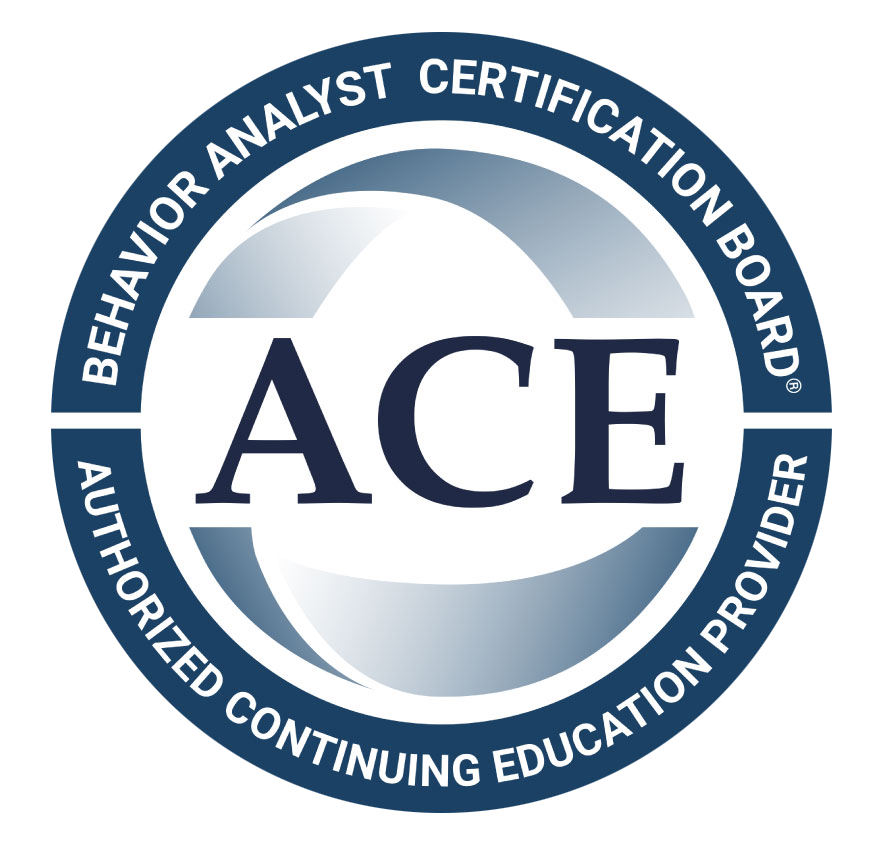Running an ABA session is more than just following a plan—it’s about creating an environment where children with autism can thrive. Applied behavior analysis (ABA) therapy offers a structured yet flexible approach to teaching essential life skills through evidence-based techniques.
Here, we’ll explore how to prepare for and run a productive ABA session, focusing on individualized strategies, positive reinforcement, and collaboration between therapists, parents, and caregivers. Whether you're a seasoned therapist or new to ABA, these step-by-step tips will help ensure your sessions are effective and rewarding for both the child and their support team.
Understanding the Basics of ABA Therapy
At the heart of ABA therapy lies the science of behavior analysis. This field explores how individuals learn and acquire new skills through the consequences of their actions.
The Principles Behind ABA Therapy
ABA principles stem from the scientific study of behavior analysis, which examines the relationship between environmental factors and observable actions. By understanding these principles, therapists can develop effective interventions tailored to each child's needs.
One key principle is positive reinforcement, which involves rewarding desired behaviors to increase their likelihood of occurring again. When a child receives praise, a small toy, or another form of positive reinforcement after exhibiting a desired behavior, they are more likely to repeat that behavior in the future.
ABA therapy also recognizes the role of antecedents, which are events or stimuli that precede a behavior. By identifying and modifying antecedents, therapists can influence behavior and create a more supportive learning environment.
How ABA Therapy Benefits Children with Autism
ABA therapy plays a crucial role in helping children with autism develop essential social skills. Through carefully designed interventions, children learn to engage in age-appropriate interactions, understand social cues, and build meaningful relationships with peers and adults.
Beyond social skills, ABA therapy promotes positive behaviors and reduces challenging ones, supporting the child’s progress. Therapists work closely with children to identify triggers for challenging behaviors and develop strategies to manage them effectively. By reinforcing positive behaviors and teaching alternative ways to communicate needs and emotions, ABA therapy helps create a calmer and more positive environment for both the child and their family.
The ultimate goal of ABA therapy is to equip children with autism with the skills and strategies they need to thrive in various settings, from home and school to social situations and community environments.
How to Prepare for an Effective ABA Session
A successful ABA session begins with careful preparation. This includes setting clear objectives for the session, outlining specific skills or behaviors to target, and gathering the necessary materials and resources.
Therapists also prioritize creating a supportive and engaging environment for the child. This may involve minimizing distractions, ensuring a comfortable and familiar setting, and establishing a predictable routine to foster a sense of security and focus.
Setting Clear Objectives for Each Session
Each ABA session should have well-defined objectives that align with the child's overall treatment plan. These objectives outline the specific skills or behaviors the therapist aims to address during the session. By setting clear objectives, therapists ensure that each session is focused and productive.
Objectives may involve teaching new skills, such as requesting desired items, following instructions, or engaging in age-appropriate play. They might also focus on reducing challenging behaviors like tantrums, aggression, or self-stimulatory behaviors.
Having clear objectives provides a roadmap for the session, guiding both the therapist and the child towards achieving specific learning outcomes.
Creating a Supportive and Distraction-Free Environment
Creating a supportive and distraction-free environment is crucial for maximizing the effectiveness of ABA sessions. Therapists try to minimize distractions such as background noise, visual clutter, or interruptions to maintain the child's focus.
A supportive environment also involves ensuring the child's physical comfort. This might include adjusting the temperature, providing comfortable seating, and offering breaks when needed. Familiar and preferred toys or activities can also be incorporated to enhance the child's engagement and motivation.
By creating a calm, predictable, and supportive atmosphere, therapists can optimize the child's learning experience and promote a positive association with ABA therapy.
Core Components of a Successful ABA Session
Successful ABA sessions thrive on individualized attention, catering to the child's unique strengths and needs. Therapists employ various strategies to engage children and foster their learning, including play-based learning and naturalistic teaching approaches.
Through play, children naturally acquire new skills and practice existing ones in a fun and engaging context. Naturalistic learning seamlessly integrates therapeutic interventions into everyday routines and activities, promoting generalization and enhancing the child's ability to apply learned skills in various settings.
Individualized Attention and Tailored Interventions
Individualized attention forms the cornerstone of effective ABA therapy. Therapists recognize that each child is unique, with their own learning pace, strengths, and challenges. As such, interventions are tailored to meet the specific needs of each child.
Before initiating therapy, a comprehensive assessment evaluates the child's skills, behaviors, and areas where support is needed. This assessment guides the development of an individualized treatment plan, outlining specific goals, interventions, and strategies to be implemented.
By providing individualized attention and adapting interventions based on the child's progress and responses, ABA therapists ensure that therapy remains engaging, effective, and tailored to the child's evolving needs.
Incorporating Play and Naturalistic Learning
Play is an integral part of childhood, serving as a natural conduit for learning and development. ABA therapy harnesses the power of play through natural environment training (NET), which embeds therapeutic interventions into playful activities.
During NET, therapists create opportunities for learning within the context of the child's natural environment and preferred activities. For example, a therapist might target social skills during a playdate with peers or work on language development through interactive storytelling.
Some examples of how play and naturalistic learning are incorporated into a session include:
- Using a child's favorite toys to teach requesting skills.
- Practicing turn-taking during a board game.
- Incorporating gross motor activities into play sessions to improve coordination and motor skills.
Conclusion
In conclusion, running an ABA session requires a deep understanding of ABA therapy basics, clear session objectives, and a supportive environment. By focusing on individualized attention and tailored interventions, incorporating play, and creating distraction-free surroundings, you can ensure a successful session that benefits children with autism.
Remember, progress in ABA sessions can be measured, and parents can play a crucial role in the process. With proper planning and implementation, ABA therapy can make a significant positive impact on a child's development.
Connect N Care ABA offers in-home and school-based therapy services across North Carolina. Ready to learn more? Let’s connect today!
Frequently Asked Questions
What is the ideal duration for an ABA session?
The duration of ABA therapy sessions varies depending on the child's individual needs and treatment goals. ABA therapists work closely with families to determine an appropriate schedule, which may range from a few hours a week to more intensive daily sessions.
How do you measure progress in ABA sessions?
Progress in ABA sessions is carefully monitored through ongoing data collection. Behavior technicians and therapists track the child's responses to interventions, noting increases in positive behaviors and decreases in challenging ones.
Can parents be involved in ABA sessions?
Parent involvement is highly encouraged in ABA therapy. Therapists provide caregivers with family training, equipping them with the knowledge and skills to support their child's progress at home and generalize learned skills across different settings.









